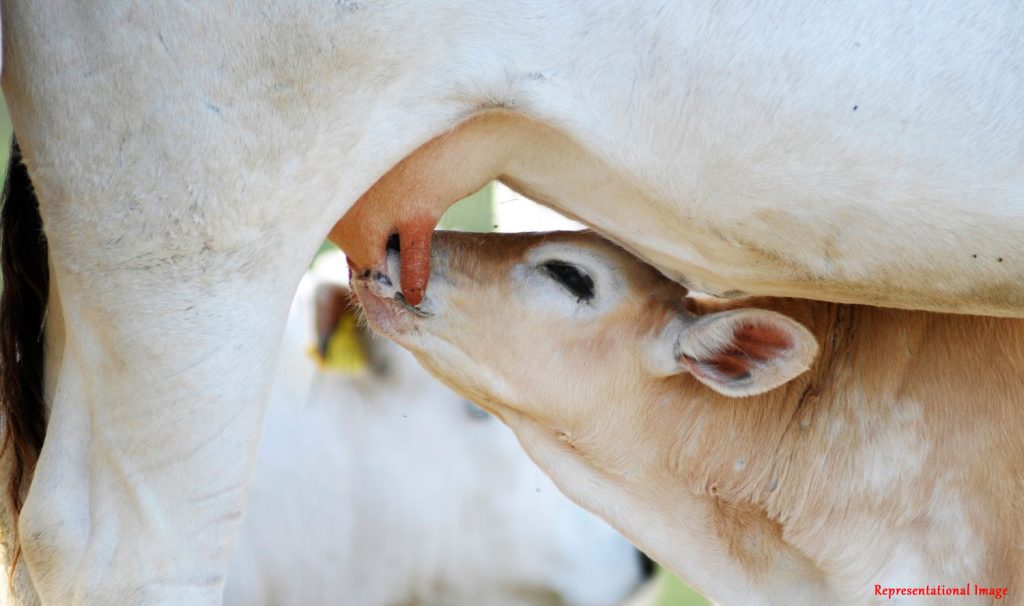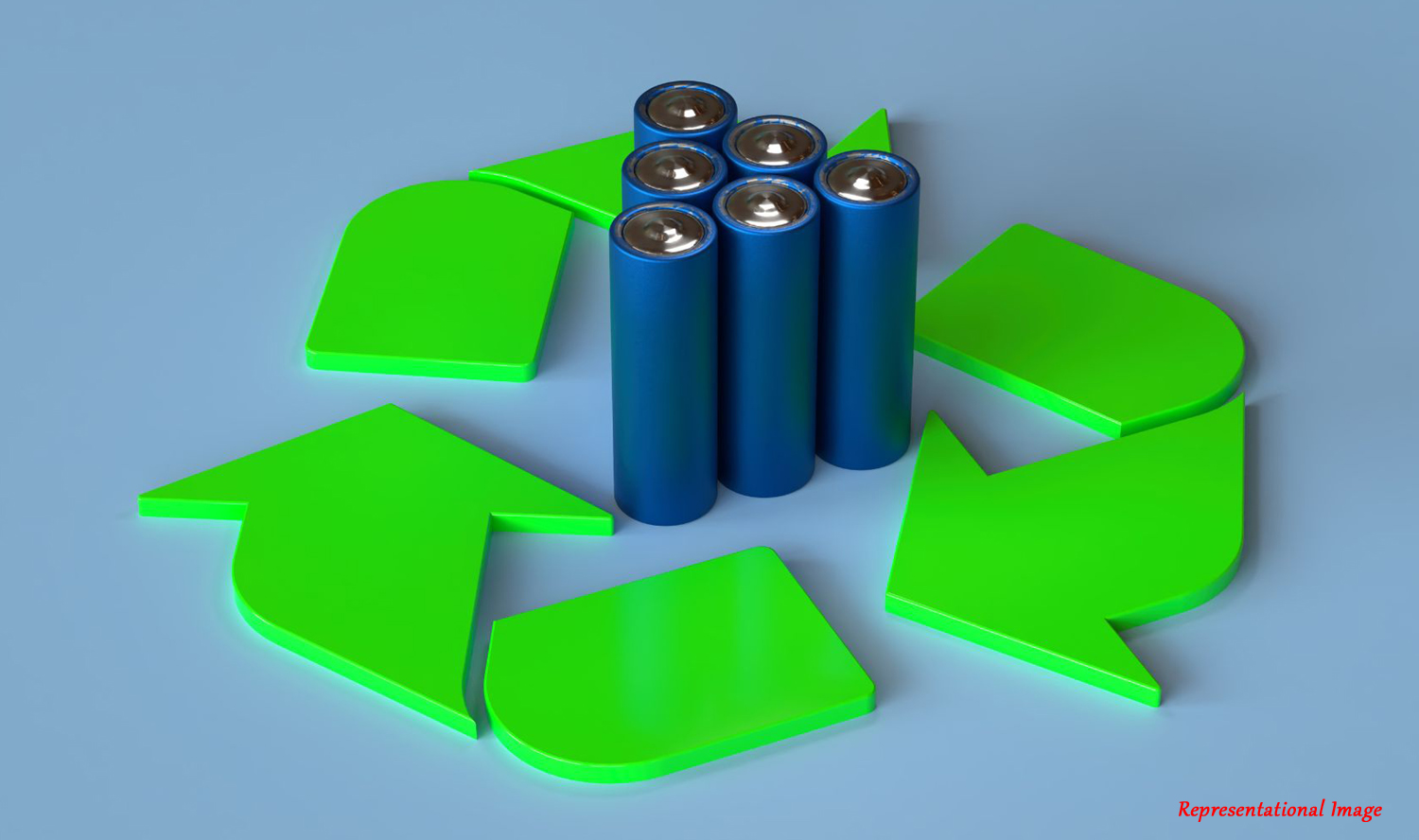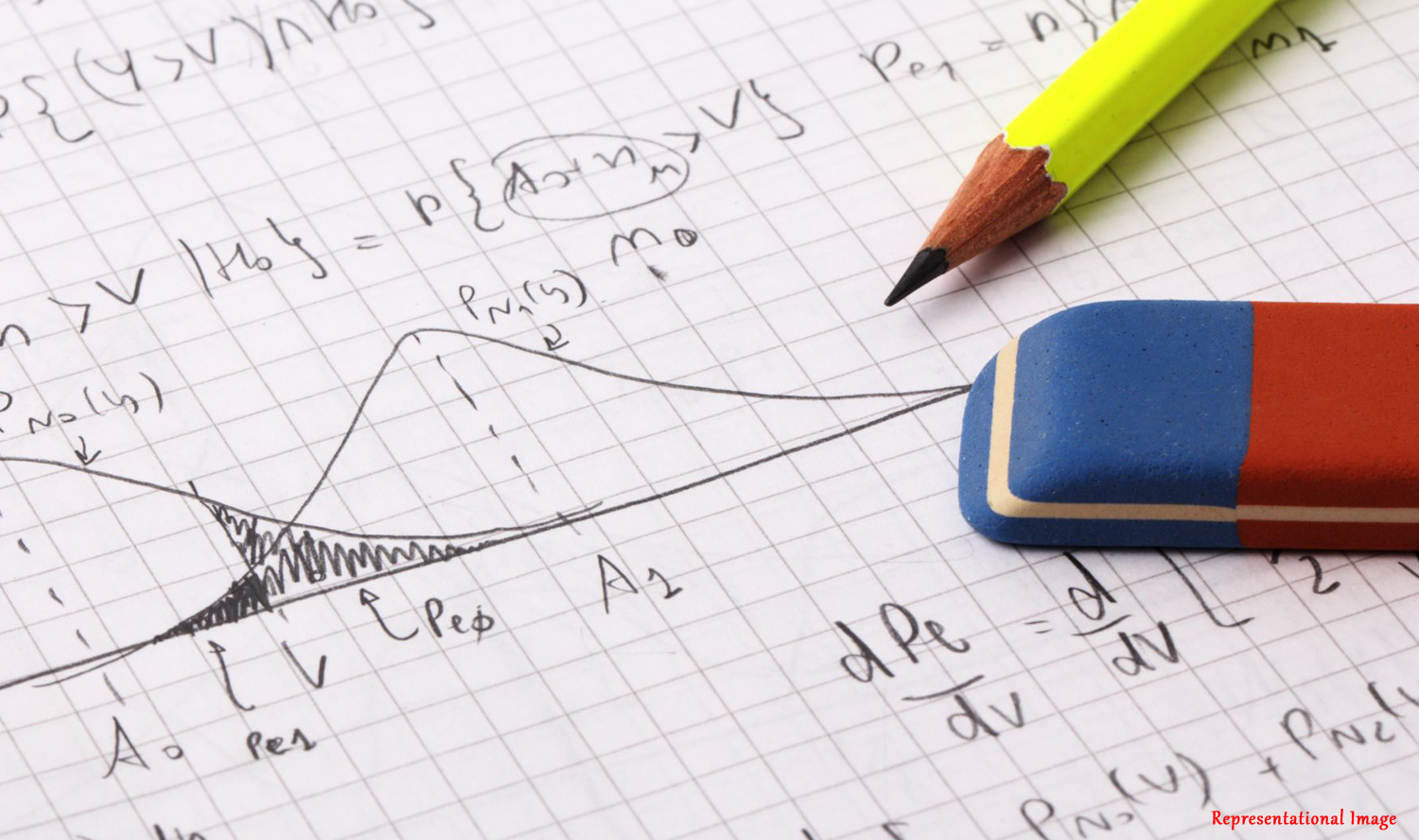
Milk is heaven! Milk is good, milk is pure, and milk is sweet. Most of us can’t imagine a life without milk. We need milk at least for our daily tea and coffee. This makes it a necessity for most people living in the world today.
But the problem with milk is that it is a perishable item which needs to be consumed immediately if there is no proper storage or fast transport to the consumer.

In this study, the authors Mr. Vasanthraj S and Dr. Vidyasagar Potdar from the School of Management, Curtin University, Perth, Australia (Mr. Vasanthraj S is also affiliated with the Department of Management Studies, Indian Institute of Technology Madras, Chennai, India), Dr. Himanshu Agrawal from the School of Electrical Engineering, Computing and Mathematical Sciences, Curtin University, Perth, Australia, and Prof. Arshinder Kaur from the Department of Management Studies, Indian Institute of Technology Madras, Chennai, India, have studied the Australian milk supply chain (AMSC).
Milk-related incidents are common in Australia. For example, in 2020, milk was recalled in New South Wales and Australian Capital Territory due to the contamination of Escherichia coli. Another time, the market recalled an ample amount of milk due to its high chemical content, which is used as a cleaning solution.
Further problems with milk worldwide include adulteration, food frauds, and foodborne diseases. There is therefore a need to have a visible milk supply chain.
This can be achieved by cutting-edge technologies. In this study, three technologies are combined, namely, blockchain, Internet of Things (IoT), and cloud technology to enhance visibility with reduced cost in AMSC.
However, these technologies come with high costs. It is therefore the aim of this study to answer the following research questions:
- How can blockchain with other technologies improve visibility in a milk supply chain?
- Will implementing blockchain, along with other technologies, increase the return on investment (ROI) in a milk supply chain?
- Will combining blockchain with other technologies decrease the data storage cost in a milk supply chain?
Blockchain, which is an advanced database mechanism that increases transparency in business, has already been found to improve supply chain visibility.
IoT devices can sense data such as temperature, milking time, packaging time, retail information, etc. This data can be communicated to cloud storage. Sensitive information will be sent from the cloud to the blockchain.
This study aims to put forward a framework for a low-cost visible AMSC using blockchain, IoT, and cloud technology.
A design science research (DSR) methodology is used here, where a proof of concept (PoC) is also developed on the retailer end to show how the proposed system works. DSR is a methodology in the field of engineering and computer science, but is recently being used in operations management research because it solves problems in a structured way and expands the capacity of organisations by producing innovative artefacts.
The findings of this study suggest that the implementation of these technologies can help improve transparency and traceability and also increases the return on investment (ROI) in the long term.
Hence, it can be concluded that implementing these technologies can result in a visible milk supply chain, along with reduced costs.
It is suggested that other Industry 4.0 technologies such as machine learning, edge computing, and big data be used to further improve visibility and cost minimisation. Future work can be done to extend this work to developing countries like India.
Article by Akshay Anantharaman
Click here for the original link to the paper










